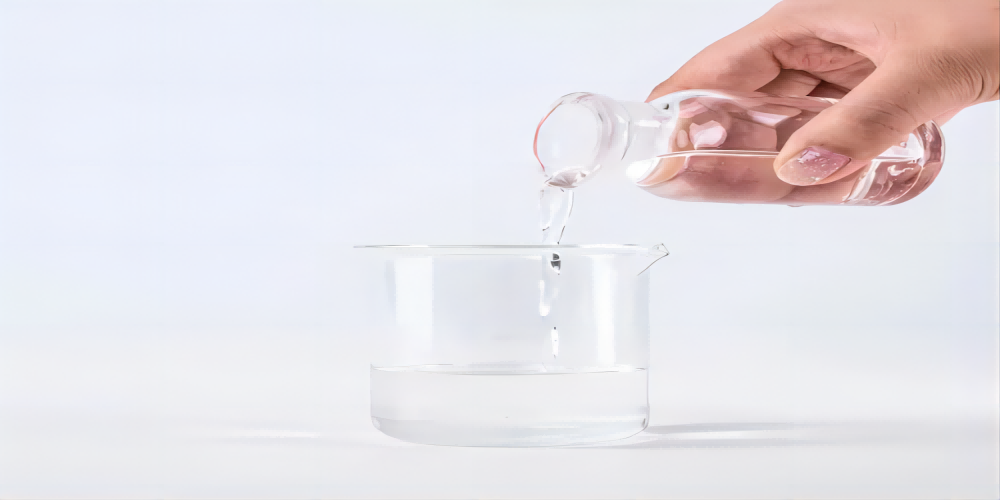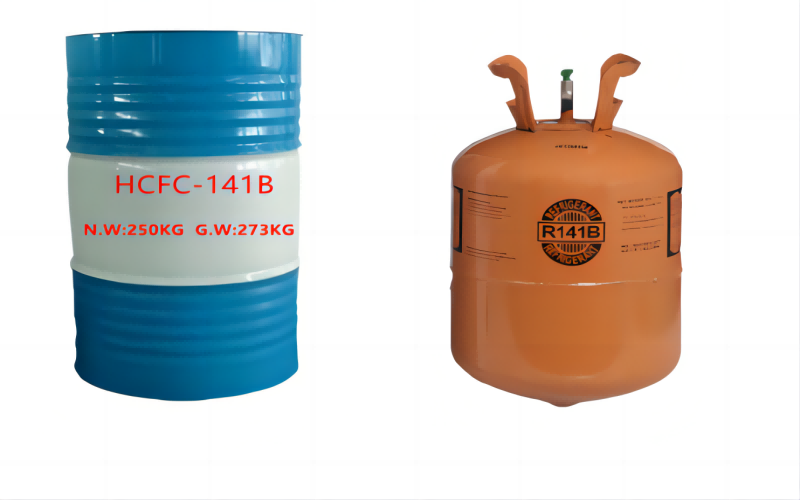
The elimination process of domestic polyurethane foaming agents
China joined the《Montreal Protocol》formally in 1991 ,committed to completing the elimination of CFC in 2010, and got the job done ahead of schedule in 2007.
In the process of CFC11 elimination, some companies chose cyclopentane as an alternative, but most polyurethane rigid foam manufacturers chose 1,1-dichloro-1-fluoroethane (HCFC-141b) as a transitional alternative.
In July 2008, the 55th Executive meeting approved the HCFC replacement work for PU industry in China.
In 2011, the 64th and 65th Executive meetings approved the HCFC elimination plan and strategy for PU industry in China. (In 2013, China's PU industry will reduce HCFC141b consumption to baseline levels.)

In December 2016, the 77th Executive meeting approved that PU industry in china need to finish the elimination of HCFC-141b in 2026. Among them,priority is given to the two industries of solar water heaters and insulation pipes, which will be eliminated in 2020; The spraying industry is scheduled to complete its elimination in 2026 due to fewer alternatives; Other sub-industry except spraying, which will be eliminated by 2025.
With the acceleration of HCFC-141b elimination progress, the suggestions for HCFC-141b replacement technologies are eco-friendly, low carbon, safety, economy and no damage to the ozone layer. At present, the main alternative technologies for HCFC-141b on the market are alkane blowing agent (HC), hydrofluorocarbon blowing agent (HFC), hydrofluoroolefin blowing agent (HFO), total water foaming, liquid carbon dioxide, methyl formate and formaldehyde. Among them,HFC-245 will be the main alternative.





